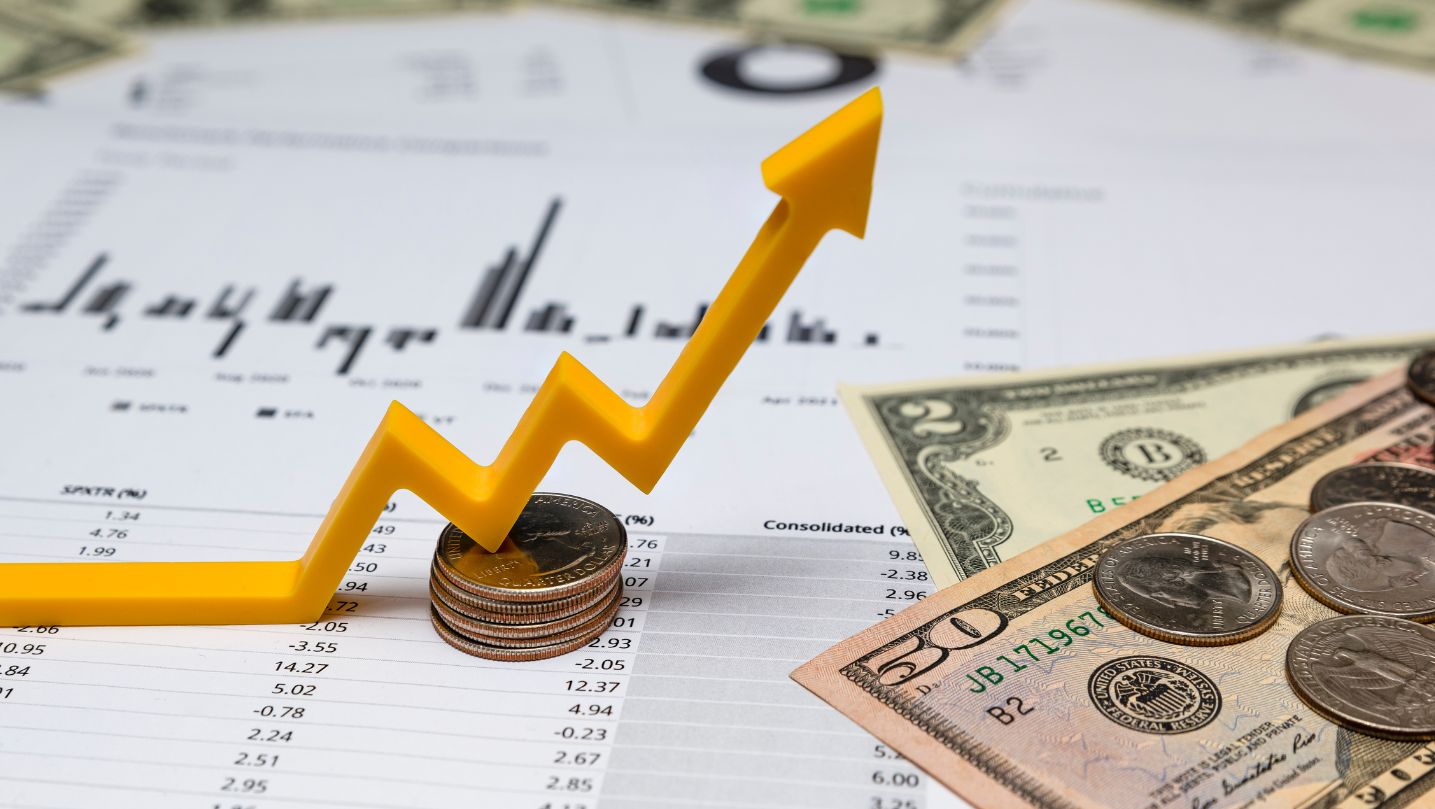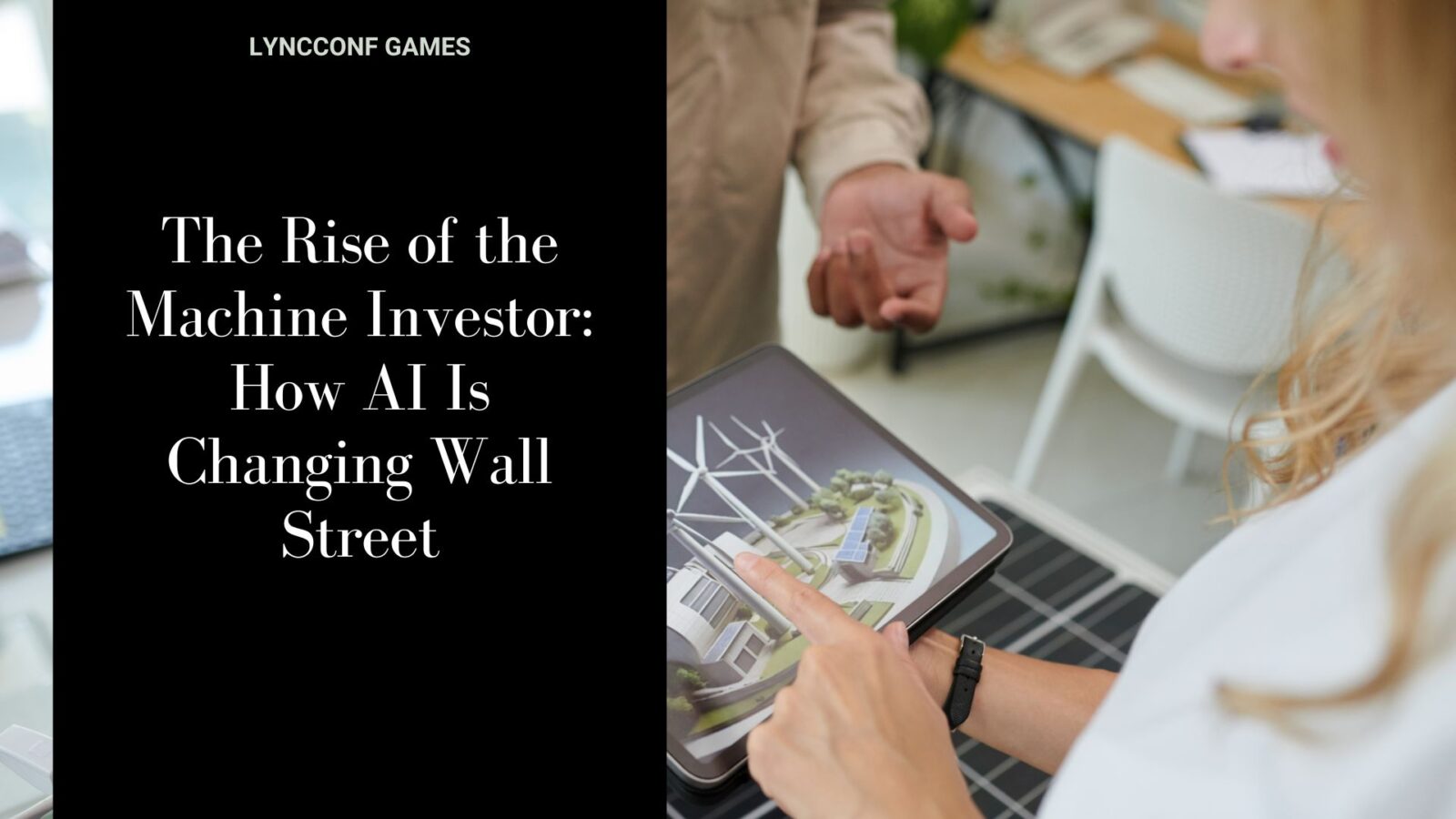
In the past, financial trading floors were filled with brokers shouting orders, phones ringing off the hook, and traders relying on instinct, intuition, and experience. Today, that landscape looks very different. The roar of the trading floor has been replaced by the quiet hum of servers, as artificial intelligence (AI) systems analyze mountains of financial data in milliseconds. This transformation — from human-driven trading to algorithmic, data-powered investing — marks the rise of what many are calling the machine investor.
From Intuition to Algorithms: The Evolution of Market Strategy
For decades, Wall Street strategies have evolved alongside technology. The 1980s saw the emergence of computer-assisted trading, and by the 2000s, algorithmic trading became mainstream. But AI has taken things further. Unlike traditional algorithms, which follow pre-programmed rules, AI systems can learn from new data, adapt to changing conditions, and refine their strategies over time.
Machine learning, a subset of AI, allows systems to identify complex patterns that human analysts might miss. For example, AI models can process news sentiment, social media trends, and real-time trading data to predict how markets might react to events. In doing so, they make investment decisions not only faster but often more accurately than traditional methods.
AI in Action: How Wall Street Uses Smart Systems
Today, some of the largest financial institutions — from hedge funds to investment banks — use AI to enhance nearly every part of their operations. Here’s how:
- Algorithmic Trading:
High-frequency trading (HFT) firms rely heavily on AI to execute thousands of trades per second. These algorithms monitor market fluctuations in real time and can spot arbitrage opportunities that last mere milliseconds. By automating trade execution, firms can minimize human error and maximize efficiency. - Portfolio Optimization:
AI systems analyze vast datasets to determine the ideal asset allocation for portfolios. They assess risk tolerance, market volatility, and macroeconomic indicators to suggest diversified investment strategies that balance returns and risk. - Risk Management:
Predicting financial risk is one of the toughest challenges in investing. AI models can detect subtle warning signs of market instability by scanning through historical data and identifying correlations that humans might overlook. This predictive power helps institutions prepare for downturns and reduce exposure to risky assets. - Fraud Detection and Compliance:
Beyond trading, AI assists in regulatory compliance and fraud prevention. Systems can analyze millions of transactions to flag anomalies in real time, helping financial institutions maintain trust and integrity.
The Democratization of AI Trading
AI’s influence isn’t limited to institutional investors. Retail traders are now leveraging AI tools that were once reserved for hedge funds. Platforms offering intelligent forex bots and automated trading systems have made it possible for everyday investors to participate in algorithmic trading. These bots use machine learning to analyze foreign exchange markets, monitor trends, and execute trades based on predictive models — all without manual intervention.

This democratization of AI technology has leveled the playing field. While human expertise and strategy still matter, individuals can now compete with professional traders by using data-driven systems. Intelligent forex bots, for example, can trade around the clock, respond instantly to market shifts, and continuously improve their strategies through reinforcement learning.
The Benefits — and the Risks — of the Machine Investor
The advantages of AI in finance are undeniable. Speed, precision, and scalability are transforming how markets operate. Investors can analyze more data in less time, detect opportunities earlier, and reduce human biases that often cloud decision-making.
However, the rise of machine investors also introduces new risks. For one, AI systems can amplify market volatility. Since many algorithms respond similarly to the same data, their simultaneous actions can trigger sudden price swings — a phenomenon seen in several “flash crashes” over the past decade. Moreover, because AI systems learn autonomously, their decision-making processes are often opaque, leading to the so-called “black box problem.” Even seasoned analysts may not fully understand why an algorithm made a particular trade.
Regulators are increasingly concerned about these challenges. Ensuring transparency and accountability in AI-driven markets will be crucial to maintaining stability. Financial institutions must strike a balance between innovation and oversight, ensuring that the technology serves investors rather than destabilizes markets.
The Human-AI Partnership: The Future of Investing
Despite fears of automation replacing human traders, the most successful investment strategies today blend human insight with AI’s computational power. Human analysts bring contextual understanding, ethical judgment, and creativity — qualities that AI lacks. Meanwhile, AI enhances those human decisions with deep analytics and predictive modeling.
In the coming years, expect to see more hybrid investment models, where humans and machines work in tandem. Traders and portfolio managers will act as strategic overseers, guiding AI systems, interpreting their output, and making high-level decisions based on machine-generated insights.
Conclusion: A Smarter Wall Street Emerges
The rise of the machine investor is reshaping Wall Street in ways that were once the stuff of science fiction. Artificial intelligence has moved beyond being a buzzword — it’s now the backbone of modern financial strategy. From hedge funds to independent traders using intelligent forex bots, the future of investing lies in the synergy between human intellect and machine intelligence.
As AI continues to evolve, so too will the dynamics of global finance. Markets will become more efficient, competition more data-driven, and success more dependent on technological adaptability. The machine investor isn’t replacing Wall Street — it’s reinventing it.






